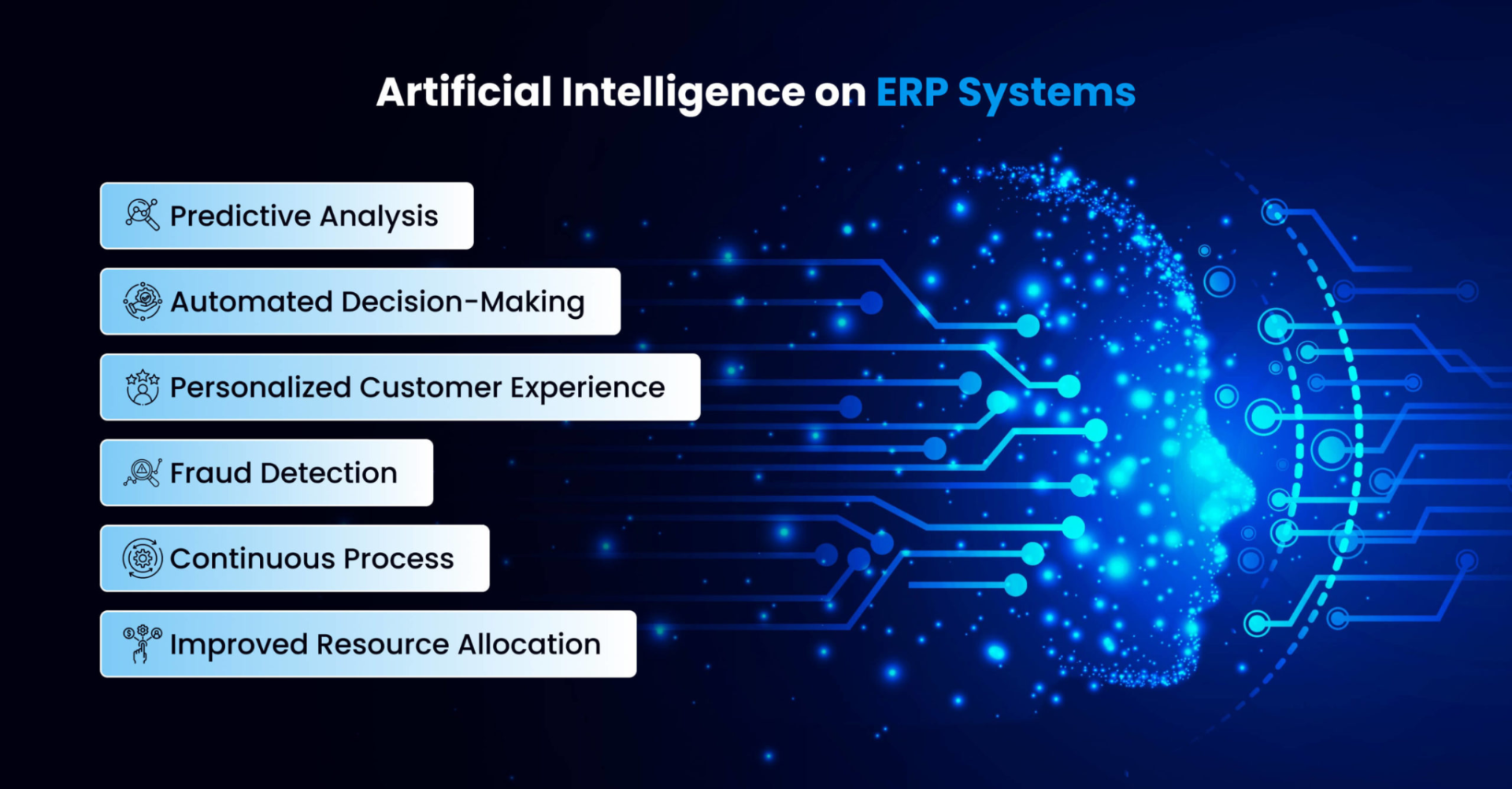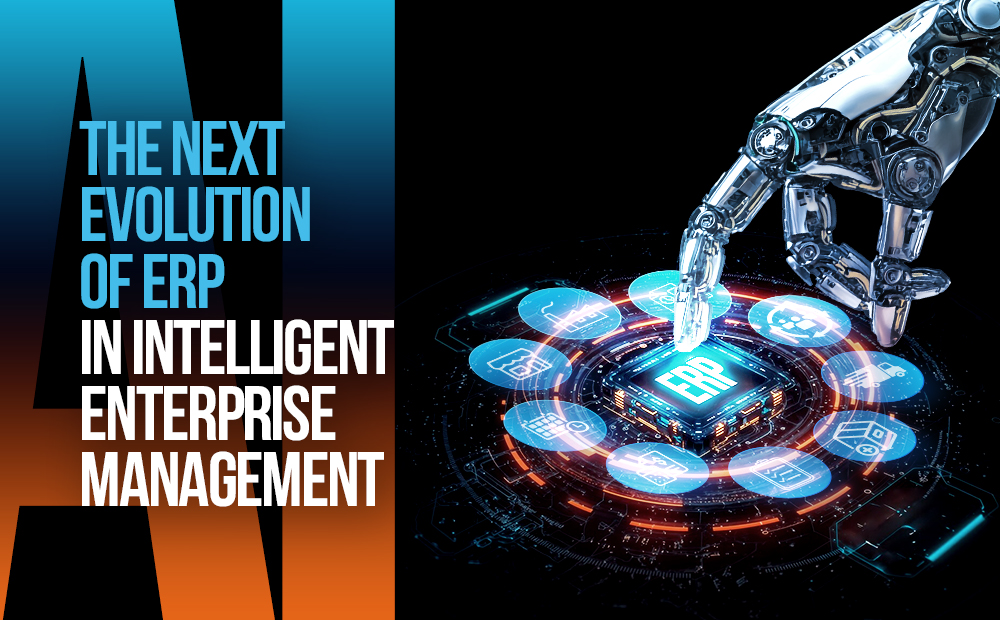Implementing an ERP system is not the final destination of digital transformation—it’s merely the first step toward standardizing and digitizing enterprise operations. To truly gain a competitive edge in today’s volatile environment, organizations must evolve from “managing data” to “making intelligent, data-driven decisions.” And AI is the key.
🔹 ERP: A powerful system, but still reactive rather than proactive
Enterprise Resource Planning (ERP) helps unify departments, streamline processes, reduce operational errors, and centralize data. However, most ERP systems today remain largely transactional—they require users to input commands before offering responses.
The problems are clear:
- Staff waste time looking up information across multiple modules
- Decisions are often made based on intuition or scattered spreadsheets
- The system can’t proactively alert risks or suggest timely actions
In short, ERP knows what is happening, but doesn’t tell users what to do next.
🔹 AI: The intelligence layer that enhances ERP
Artificial Intelligence (AI)—especially AI Agents—can upgrade an organization from a system of execution to a system of intelligence. When properly integrated with ERP, an AI Agent can:
- Understand natural language to answer queries like: “How many size M shirts are in stock?”
- Predict risks such as inventory shortages, order anomalies, or high cancellation rates
- Automatically send alerts or reminders to relevant departments when anomalies are detected
- Suggest next-best actions based on historical data and machine learning
- Coordinate across departments without waiting for emails or messages
Applying AI in the post-ERP phase allows organizations to shift from “knowing and reacting” to “understanding and acting proactively.”

Turning ERP data into action with AI
Even after ERP deployment, businesses still face challenges in day-to-day operations. For instance, employees often need to manually gather reports or compile data from multiple modules—a time-consuming and error-prone task. AI can act as an internal assistant, capable of answering natural-language queries like: “What’s the current stock level of Product X?” without users needing to navigate complex software screens.
Another pain point is detecting anomalies, such as abnormal orders or transactions exceeding thresholds. AI can learn from historical data and system behavior to detect anomalies in real time and alert managers to take immediate action.
Many businesses lack early warning systems for issues like declining inventory, cash flow volatility, or missed KPIs. AI can monitor these indicators and automatically trigger action reminders when thresholds are crossed—rather than letting issues go unnoticed.
When it comes to forecasting or business planning, many companies still rely on subjective experience or fragmented spreadsheets. AI enables predictive analytics using machine learning models, generating more accurate and adaptive forecasts based on historical patterns and market shifts.
And let’s not forget the communication gap across departments. Even with ERP in place, companies often waste time waiting for email replies to coordinate tasks. AI can automate cross-departmental workflows, understanding roles, approval chains, and task dependencies—speeding up operations and minimizing friction.
🔹 AI doesn’t replace ERP—it brings it to life
Think of ERP as the data backbone—where processes are structured. AI, in contrast, is the operational brain that makes sense of that structure. The synergy doesn’t replace human roles; rather, it frees people from tedious tasks so they can focus on creativity and better decision-making.
True digital transformation doesn’t stop at ERP implementation. Once your business has clean data and structured processes, the next essential step is to activate intelligence on top of that foundation.
AI is the natural next level—not because it’s trendy, but because modern businesses need to make decisions faster, smarter, and more effect.

